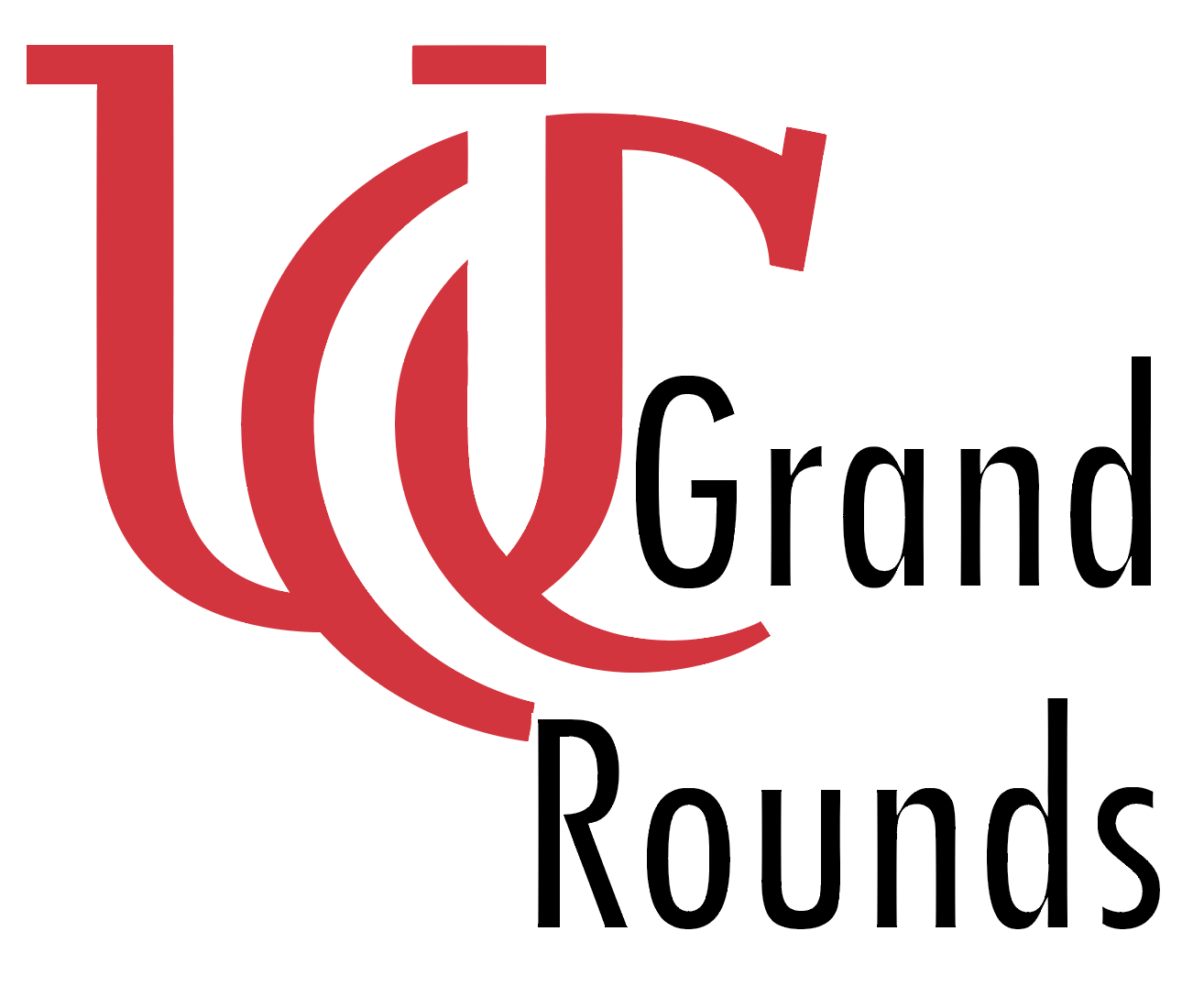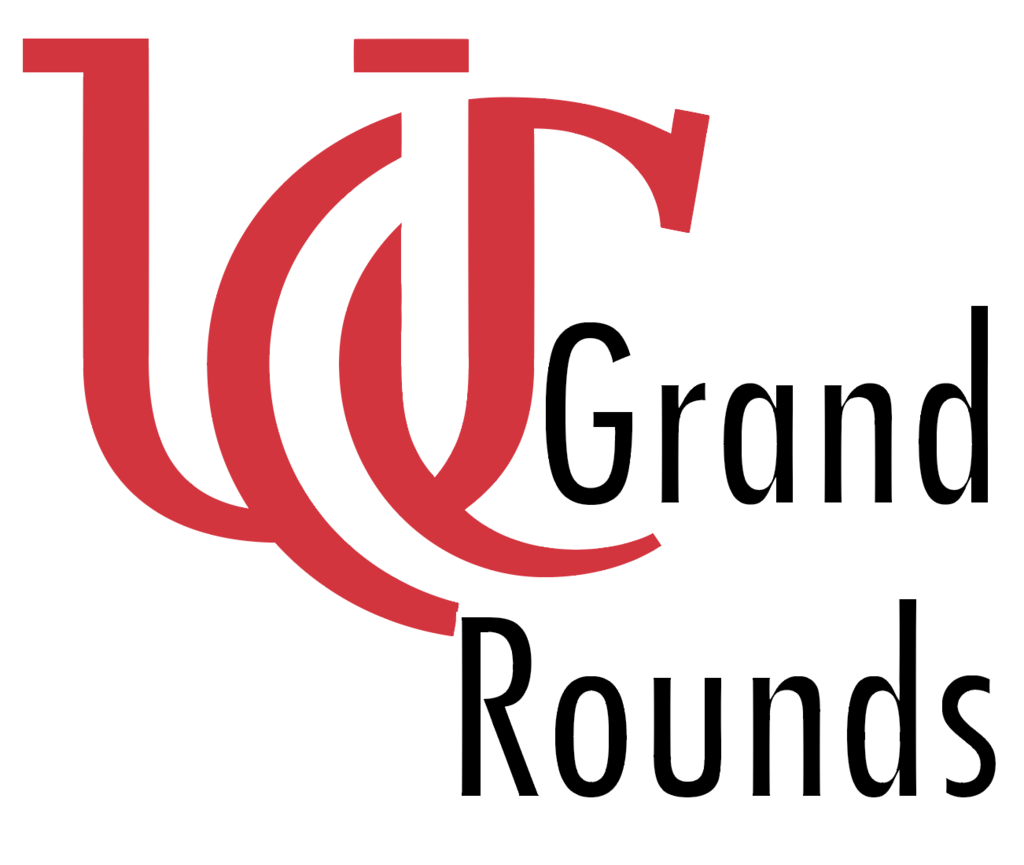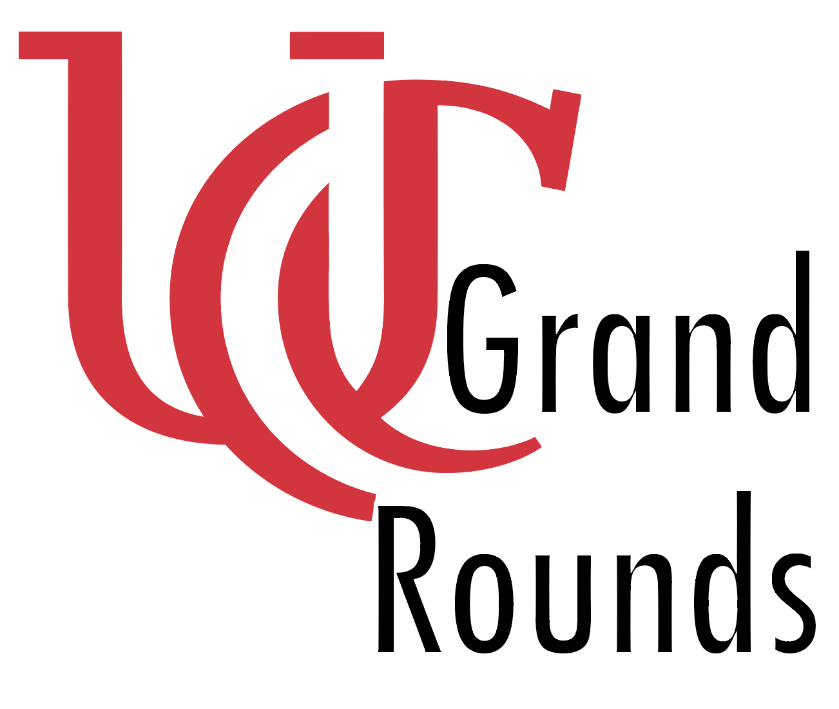Grand Rounds 10.25.17
/Dr. Ludmer kicked things off with this month's Morbidity & Mortality conference where we discussed C. Diff, spinal cord compression, LP in the setting of anticoagulation and cardiac arrest with an LVAD. Dr. Stettler led the next segment of our longitudinal leadership curriculum with a look at the mentor/mentee relationship. We finished up with a soapbox lecture by Dr. Titone on conflict resolution and an R3 follow up by Dr. Bernardoni who discussed the crashing patient with right ventricular failure and pulmonary arterial hypertension.
Read More


















